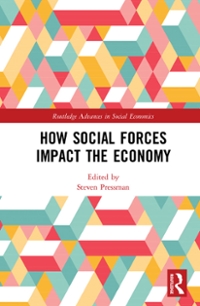The questions below need clear working
If Ty and Ky are random variables measuring the complete and curtate future lifetimes, respectively, of a life aged x, write down an expression for each of the following symbols as the expectation of a random variable: (i) ax (ii) a (iii) a xin Calculate the expectation of the present value of the benefits from each of the following contract issued to a life aged exactly 45, assuming that the annual effective interest rate is 4%, and AM92 Select mortality applies: (i) a deferred whole life annuity-due, with a deferred period of 15 years, under which payments of f5,000 are made annually in advance while the policyholder is alive after th deferred period has elapsed (ii) a guaranteed annuity, with a guarantee period of 15 years, under which payments of 65,000 are made annually in arrears for a minimum of 15 years and for life thereafter. (i) Let Z be a random variable representing the present value of the benefits payable under an immediate life annuity that pays 1 per year in advance, issued to a life aged x. Show that var(2) = (2Ax -(A )? ), where 2A, is an assurance calculated at a rate of interest which you should specify. (ii) A life office issues such a policy to a life aged exactly 65. The benefit is f275 per annum. Calculate the standard deviation of the annuity. Basis: Mortality: AM92 Ultimate Interest: 6% per annum throughout [TotalAn insurance company operates a no claims discount system with discount levels of 0%, 30%, 40%, 50% and 60%. The mles are as follows: At the end of a claim free year, a policyholder moves up one level {or remains on the maximum discount level). At the end of a year in which exactly one claim was made, a policyholder drops back two levels [or moves to zero discount). At the end of a year in which more than one claim was made, a policyholder drops back to zero discount. For a particular driver in any year, the probability of a claim free year is 03?, the probability of exactly one claim is 0.2, and the probability of more than one claim is 0.1. (i) (ii) (iii) Write down the transition matrix for this time-homogeneous Markov chain. [2] If the policyholder starts with no discount, calculate the probability that he is at the maximum discount level 6 years later. [2] If a large number of people having the same claims distribution take out policies at the same time, calculate the proportion you would expect to be in each discount category in the long run. [6] [Total 10]








